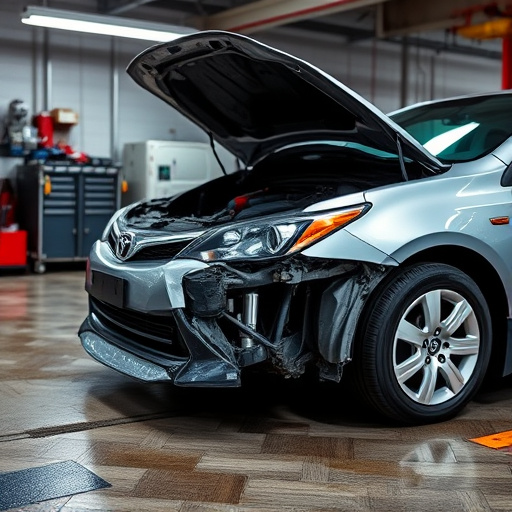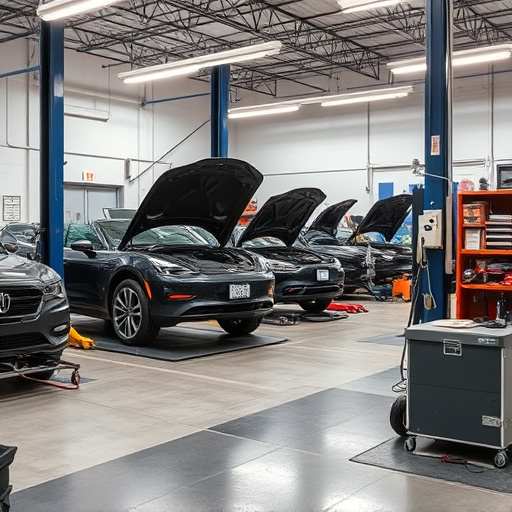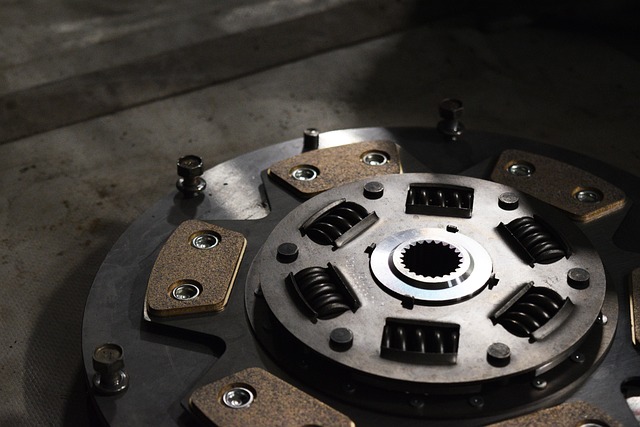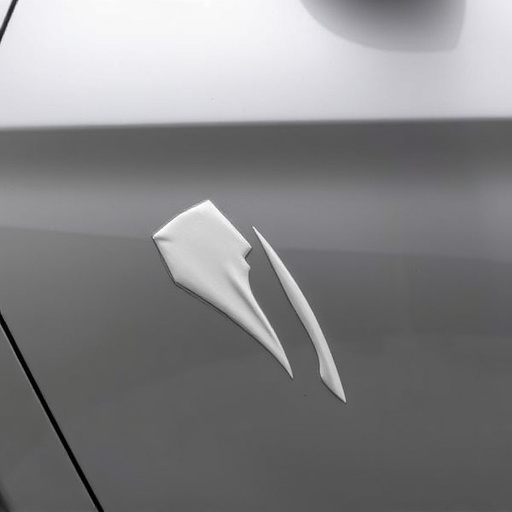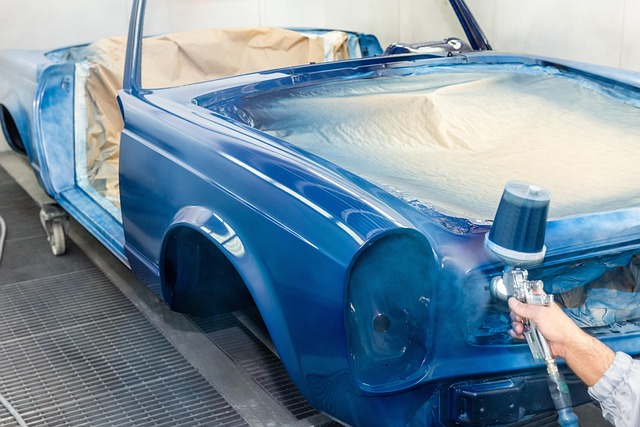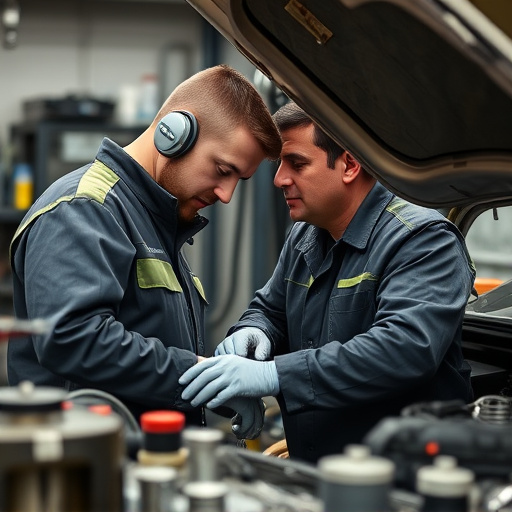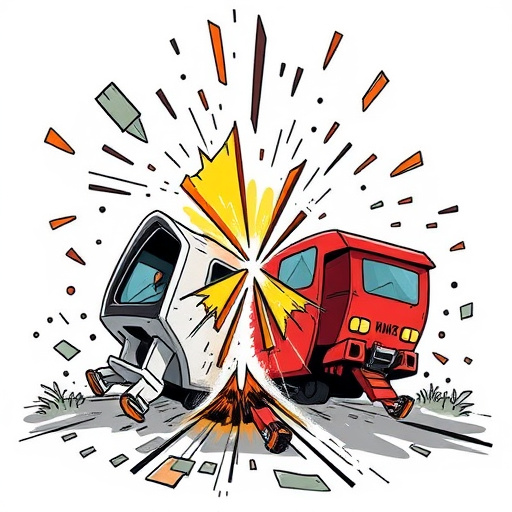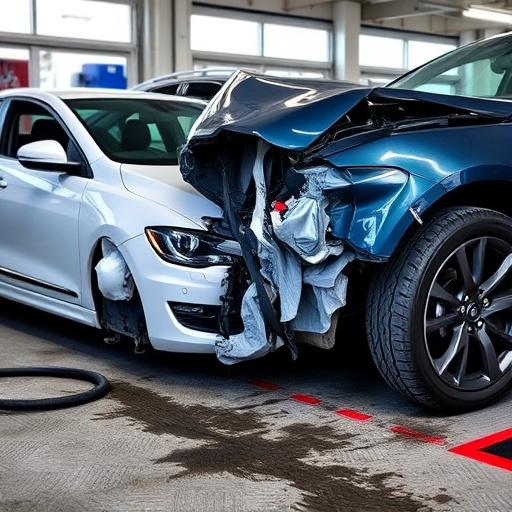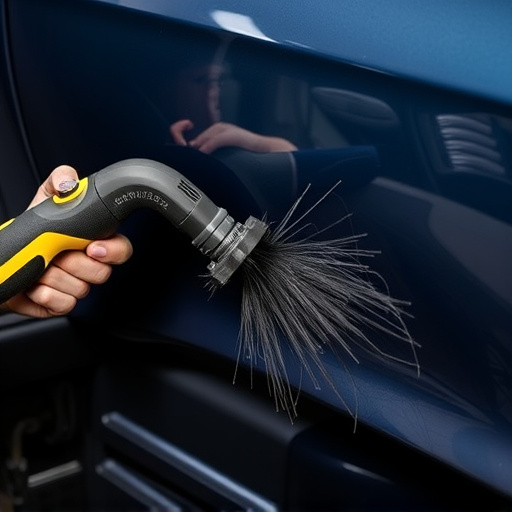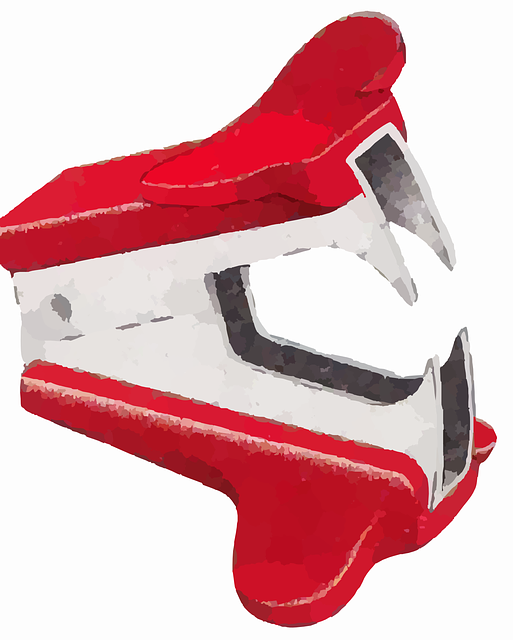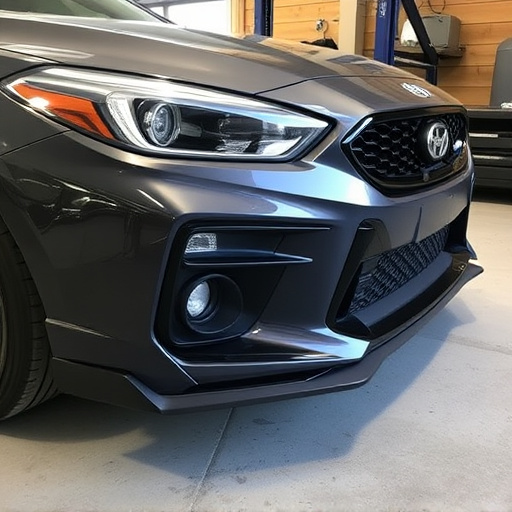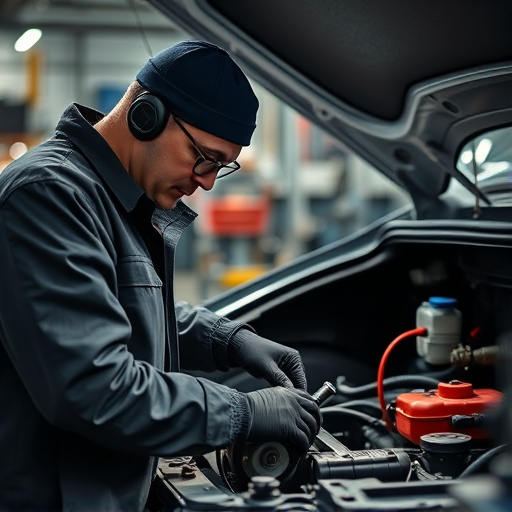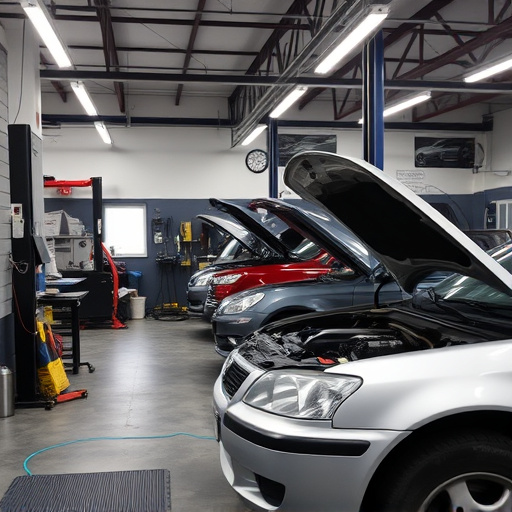Collision repair facilities strive for high customer satisfaction in a competitive market by meeting expectations for efficient, precise repairs and transparent communication. Trained staff ensure quality service, from dent removal to complex Mercedes-Benz repairs, minimizing wait times and building trust. Measuring collision repair satisfaction through surveys identifies areas for improvement, focusing on KPIs like timeliness, craftsmanship, and customer service to enhance overall client experiences.
In the competitive automotive industry, delivering exceptional collision repair services is paramount to gaining customer loyalty. This article explores how staff training acts as a catalyst for enhancing collision repair satisfaction outcomes. We delve into understanding evolving customer expectations, highlighting the pivotal role of skilled technicians in meeting these demands. Additionally, we present strategies for measuring and optimizing collision repair satisfaction, ensuring that businesses thrive through satisfied clients.
- Understanding Customer Expectations in Collision Repair
- The Role of Trained Staff in Enhancing Service Quality
- Measuring and Optimizing Collision Repair Satisfaction Outcomes
Understanding Customer Expectations in Collision Repair
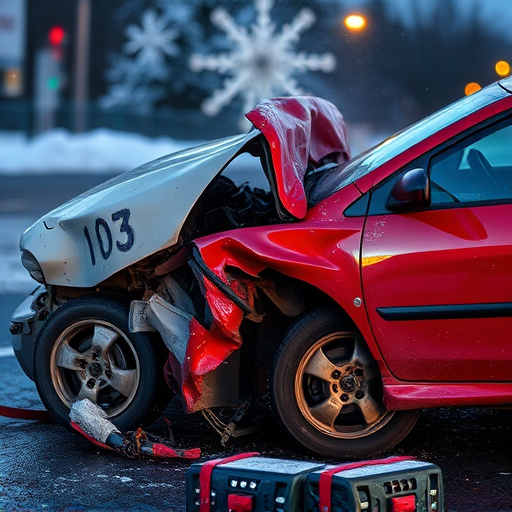
In the competitive landscape of collision repair services, understanding customer expectations is paramount to achieving and maintaining high collision repair satisfaction levels. Customers today expect more than just competent car dent removal; they seek efficient, precise, and timely auto body services that restore their vehicles to pre-accident condition. This includes not only addressing physical damage, like a Mercedes Benz collision repair, but also providing a seamless and pleasant experience throughout the entire process.
Understanding these expectations involves recognizing that customers value transparency, clear communication, and personalized service. They want to be kept informed about the extent of repairs needed, associated costs, and timeframes for completion. By adhering to these principles, collision repair facilities can set themselves apart in a crowded market, fostering trust and loyalty among their clientele, ultimately driving positive collision repair satisfaction outcomes.
The Role of Trained Staff in Enhancing Service Quality
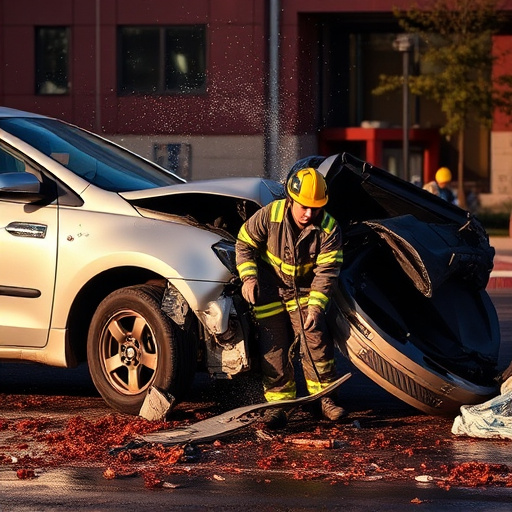
Trained staff play a pivotal role in enhancing service quality within collision repair facilities, ultimately driving higher customer satisfaction levels. When technicians and service advisors receive comprehensive training, they gain a deeper understanding of complex auto body repairs, such as meticulous fender repair on high-end brands like Mercedes-Benz. This specialized knowledge enables them to accurately assess damage, communicate effectively with clients, and offer tailored solutions.
Well-trained staff are adept at handling various auto body repairs, from simple dent removal to intricate panel replacements. Their proficiency ensures efficient workflows, minimizing wait times and enhancing overall customer experience. By consistently delivering high-quality services, these trained professionals foster trust and loyalty among clients, contributing significantly to positive collision repair satisfaction outcomes.
Measuring and Optimizing Collision Repair Satisfaction Outcomes
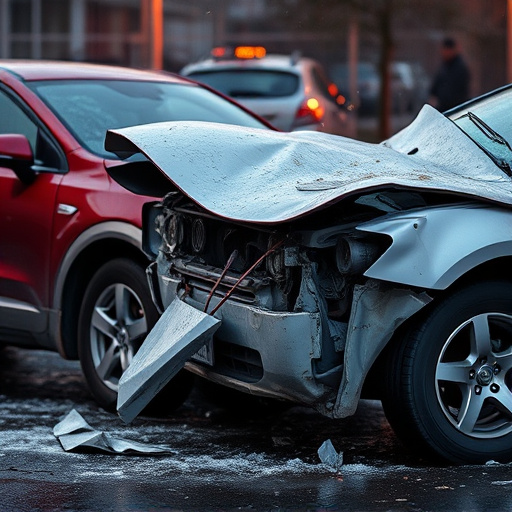
Measuring collision repair satisfaction outcomes is a critical step in ensuring the quality and success of any automotive body shop. It involves collecting and analyzing feedback from customers who have availed of collision repair services, allowing shops to understand their clients’ experiences and identify areas for improvement. By implementing robust measurement tools and strategies, collision repair facilities can gain valuable insights into customer expectations and preferences. This data-driven approach enables them to optimize their processes, enhancing overall satisfaction.
One effective method is through post-repair surveys that capture detailed feedback on various aspects, from the initial estimate and communication to the final result and overall service quality. These surveys can be conducted online, over the phone, or in person, ensuring accessibility for all customers. The data collected should focus on key performance indicators (KPIs) such as timeliness, accuracy of estimates, craftsmanship, and customer service. Analyzing these KPIs helps identify trends and areas where the luxury vehicle repair services need refinement. For instance, consistently high ratings for communication but low satisfaction with repair times might indicate a need to streamline scheduling or improve workflow management within the collision repair shop.
Staff training plays a pivotal role in enhancing collision repair satisfaction outcomes. By understanding customer expectations, implementing trained personnel, and continuously measuring service quality, repair shops can significantly improve client experiences. These strategies not only foster trust but also encourage repeat business and positive word-of-mouth referrals, ultimately driving the success of any collision repair facility.
